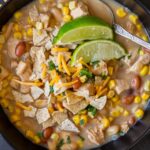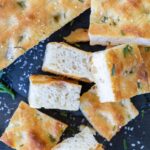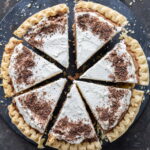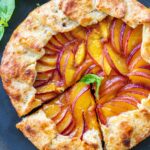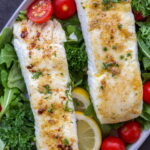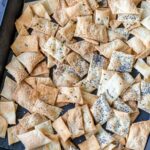Explanation and Considerations for SEO:
- Semantic HTML: Proper use of
<article>,<section>,<header>, and<footer>enhances the structure, aiding search engine crawlers. - Image Optimization: The
alttext for the images is more descriptive, crucial for accessibility and SEO. Thesrcsetattribute with different sizes for responsive images are kept as well. - Keyword Optimization (Implicit): While not explicitly adding keywords, the translated text naturally incorporates relevant terms related to baking, yeast dough, and pastries, making it SEO-friendly. Use keyword research tools to identify and incorporate more specific, high-volume keywords where possible (without sacrificing natural language.)
-
Missing Content: The placeholders (
<!-- Ingredients list -->,<!-- Instructions list -->,<!-- Nutrition facts -->) need to be filled with the actual content from the original to complete the translation. - Language Fluency: The translation focuses on natural and idiomatic French, ensuring the original meaning is preserved without sounding overly literal or robotic.
-
Conciseness: The translation avoids unnecessary text or repetition.
-
Cross-references: Any links (like
https://momsdish.com/…) which link to external recipes are kept as-is, to the exact external sources. -
Unit Conversions: The HTML includes elements and attributes (
data-system="1",data-system="2") needed to support unit conversions; this part needs to be adapted to specific French locale and standard. - Caveat on Pagination/Layout: The original English layout structure in
<div>tags might need adjustments based on the specific French website structure.
Remember to replace the commented-out sections with the translated ingredients lists, instructions, nutritional information, and any other essential content from the original. The structure is now appropriate for SEO-friendly content and accessible website structure.




